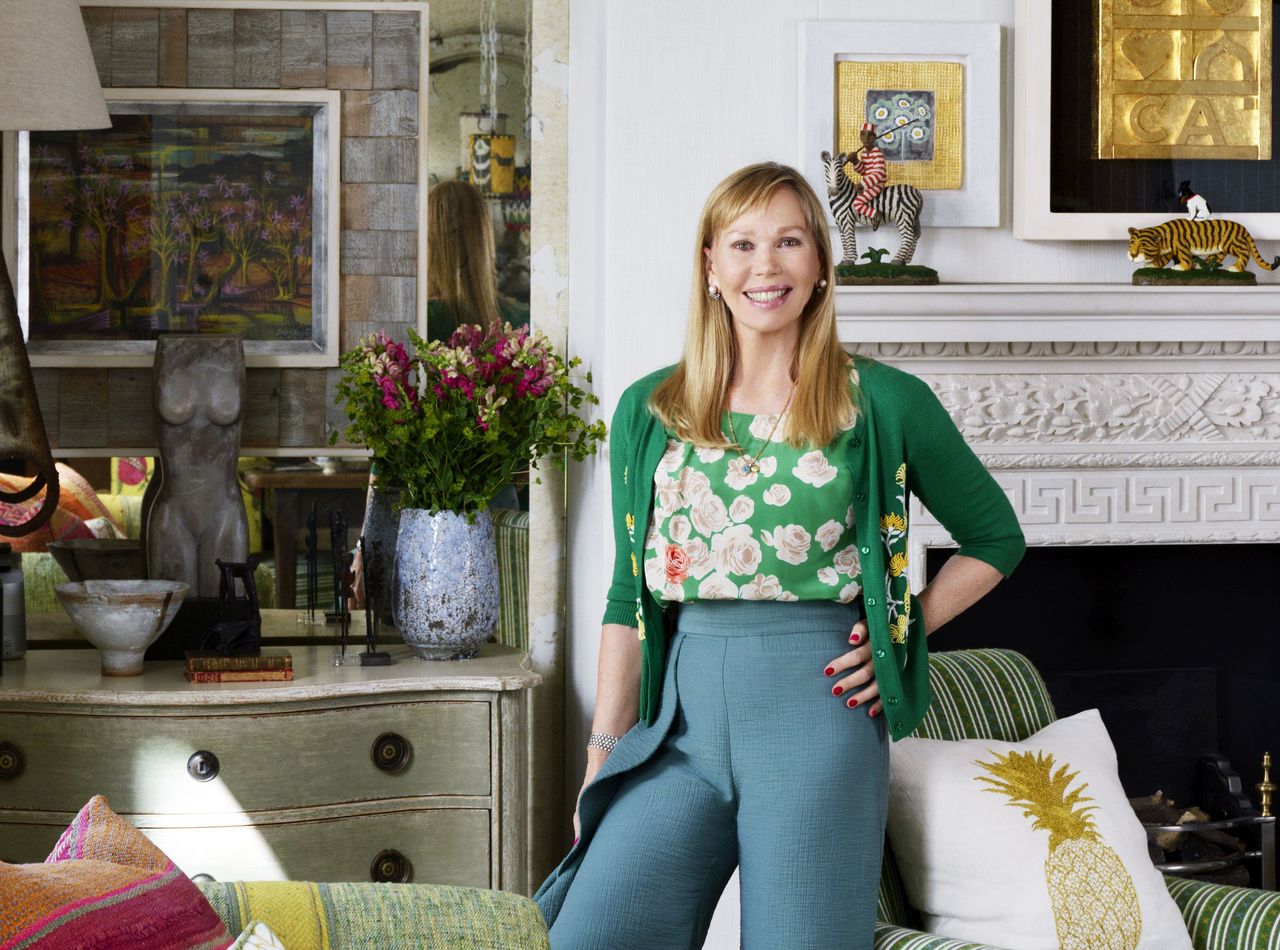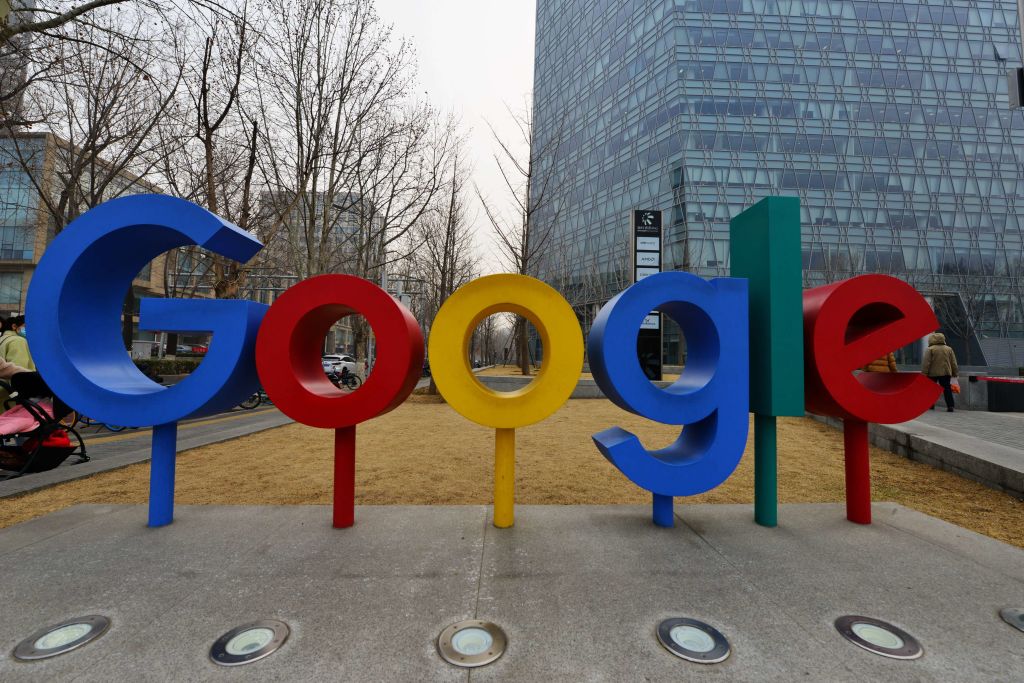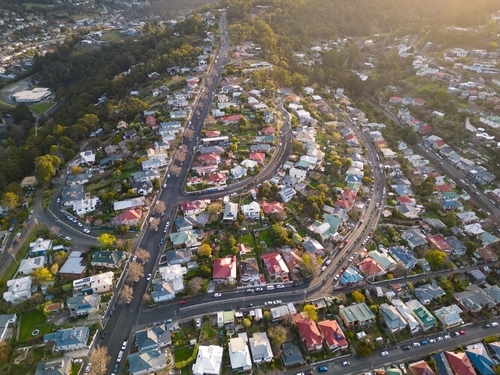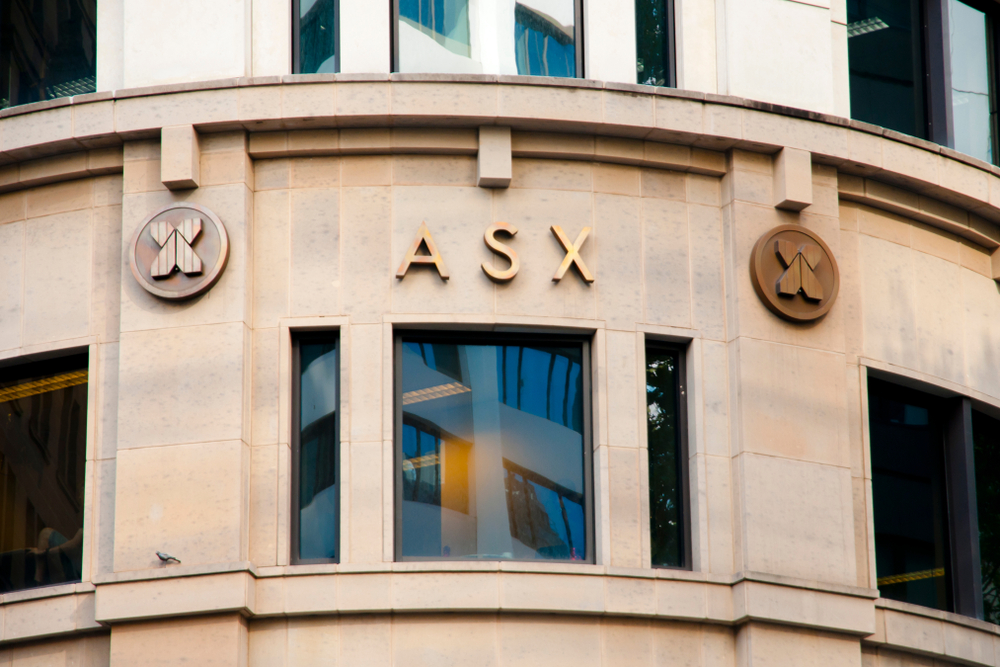Worldwise: British Design Icon and Hotelier Kit Kemp’s Favourite Things
“Cities are really just a series of villages sewn together,” says Kit Kemp, founder and creative director of Firmdale Hotels, an assortment of boutique luxury properties in London and New York, with an addition—Warren Street Hotel—opening in Tribeca in 2023. “We like to think of our hotels as part of that village feel.”
Kemp, along with her husband, Tim, also owns eight restaurants within the properties, and the Caribbean hideaway, Rossferry, on the prestigious Sandy Lane estate in St. James, Barbados. Each Firmdale hotel has a deep connection to its locale, with Kemp aiming to avoid the culture of sameness, she says. “In large hotels, you know what to expect, but if you know too much about what to expect, you don’t feel what it’s like to arrive.”
Kemp’s upbringing near Southampton, England—perusing street markets every Saturday—largely impacted her design sense and style. “Being a port, there were so many different nationalities,” she says of her hometown. “I used to find it exciting to see that vitality and street life.”
That liveliness carries into her design work. Her bold use of colour and pattern, impeccable attention to detail, and whimsy, readily seen in her vignettes and table settings, are signatures. “I have always been scared of beige,” she muses.
The designer has a keen eye for placing art; her properties feature impressive and sometimes avant-garde collections. Combing the galleries she visits on her travels, Kemp sometimes frames unusual objects, making art out of the unexpected. But textiles are perhaps her greatest influence. “Every textile tells the story of where it comes from, whether Guatemala, India, Mexico, or the Baltic countries,” she says. “That gets my creative juices going.”
Penta recently chatted with Kemp, who shared her favourite things.
The person who inspired me to do what I do is… Leszek Nowicki, a Polish architect I worked for. He had a very organic way of working and an unusual eye for design inside and out. He also loved vodka.
The one thing I can’t live without in my home is… Jugs of flowers and hopefully a garden I can pick them in. I find it very restful and fulfilling to collect flowers and put them into an assortment of jugs bought in junk shops.
If I were to buy a piece of art it would be… by Joe Tilson, who has an upcoming exhibit at Cristea Roberts Gallery in London. He was originally a pop artist in the 1960s and broke every rule in the book. He was also a great craftsman and carpenter, so he combined art and carpentry in his work. He loved mythology and was interested in harmony with the earth and sustainability way before anybody else.
What I love about London is… walking to my design office from my home every day down Exhibition Road, through Imperial College and past the Victoria and Albert Museum, the Science Museum, and Natural History Museum, seeing all the people about to visit the exhibitions. Every age group on a day out in London every season of the year, emerging from the Tube station or off a red bus. Every day is a holiday.
The restaurant in my hometown I love to take a visitor to is… Brumus Restaurant in the Haymarket Hotel in London. It is named after our dog Brumus. Also, the restaurants in the Royal Opera House in Covent Garden. We love to go to the ballet and eat in the intervals and take friends there.
A passion of mine few people know about is… I have taken piano lessons for the last 15 years and am still having trouble with “The Woodchopper’s Song.” No talent, but my granddaughter of 14 months is a great help and joins in when I play.
My favourite hotel in the world is… Il Convento in Puglia because you walk through the kitchen to get to the dining room, and there are sacks of apricots drying, Kilner jars of delicious things, and the best bread in the world. Athena McAlpine, the owner, sits in a deckchair in her bathing costume and a man-sized shirt overseeing the proceedings in the most elegant way. At night, there are a million candles. It is romantic.
If I could travel anywhere right now, it would be to… Bujera Fort in Udaipur, India, because Richard Hanlon, a friend, built it himself. It’s a cross between a fort and a palace. It is a masterpiece.
If I could have a meal anywhere with anyone, it would be… Salvador Dali. Maybe we could go up in a hot air balloon that had a huge mustache painted on the side with a pair of lips underneath. We would have lobster and land on Lord’s Cricket Ground to listen to the wonderful sound of the crack of the cricket ball on the willow cricket bat. All the players would be wearing old-fashioned caps and immaculate white baggy trousers and shirts with SD monogrammed on them.
This interview has been edited for length and clarity.
 Copyright 2020, Dow Jones & Company, Inc. All Rights Reserved Worldwide. LEARN MORE
Copyright 2020, Dow Jones & Company, Inc. All Rights Reserved Worldwide. LEARN MORE
This stylish family home combines a classic palette and finishes with a flexible floorplan
Just 55 minutes from Sydney, make this your creative getaway located in the majestic Hawkesbury region.
As Paris makes its final preparations for the Olympic games, its residents are busy with their own—packing their suitcases, confirming their reservations, and getting out of town.
Worried about the hordes of crowds and overall chaos the Olympics could bring, Parisians are fleeing the city in droves and inundating resort cities around the country. Hotels and holiday rentals in some of France’s most popular vacation destinations—from the French Riviera in the south to the beaches of Normandy in the north—say they are expecting massive crowds this year in advance of the Olympics. The games will run from July 26-Aug. 1.
“It’s already a major holiday season for us, and beyond that, we have the Olympics,” says Stéphane Personeni, general manager of the Lily of the Valley hotel in Saint Tropez. “People began booking early this year.”
Personeni’s hotel typically has no issues filling its rooms each summer—by May of each year, the luxury hotel typically finds itself completely booked out for the months of July and August. But this year, the 53-room hotel began filling up for summer reservations in February.
“We told our regular guests that everything—hotels, apartments, villas—are going to be hard to find this summer,” Personeni says. His neighbours around Saint Tropez say they’re similarly booked up.
As of March, the online marketplace Gens de Confiance (“Trusted People”), saw a 50% increase in reservations from Parisians seeking vacation rentals outside the capital during the Olympics.
Already, August is a popular vacation time for the French. With a minimum of five weeks of vacation mandated by law, many decide to take the entire month off, renting out villas in beachside destinations for longer periods.
But beyond the typical August travel, the Olympics are having a real impact, says Bertille Marchal, a spokesperson for Gens de Confiance.
“We’ve seen nearly three times more reservations for the dates of the Olympics than the following two weeks,” Marchal says. “The increase is definitely linked to the Olympic Games.”

Getty Images
According to the site, the most sought-out vacation destinations are Morbihan and Loire-Atlantique, a seaside region in the northwest; le Var, a coastal area within the southeast of France along the Côte d’Azur; and the island of Corsica in the Mediterranean.
Meanwhile, the Olympics haven’t necessarily been a boon to foreign tourism in the country. Many tourists who might have otherwise come to France are avoiding it this year in favour of other European capitals. In Paris, demand for stays at high-end hotels has collapsed, with bookings down 50% in July compared to last year, according to UMIH Prestige, which represents hotels charging at least €800 ($865) a night for rooms.
Earlier this year, high-end restaurants and concierges said the Olympics might even be an opportunity to score a hard-get-seat at the city’s fine dining.
In the Occitanie region in southwest France, the overall number of reservations this summer hasn’t changed much from last year, says Vincent Gare, president of the regional tourism committee there.
“But looking further at the numbers, we do see an increase in the clientele coming from the Paris region,” Gare told Le Figaro, noting that the increase in reservations has fallen directly on the dates of the Olympic games.
Michel Barré, a retiree living in Paris’s Le Marais neighbourhood, is one of those opting for the beach rather than the opening ceremony. In January, he booked a stay in Normandy for two weeks.
“Even though it’s a major European capital, Paris is still a small city—it’s a massive effort to host all of these events,” Barré says. “The Olympics are going to be a mess.”
More than anything, he just wants some calm after an event-filled summer in Paris, which just before the Olympics experienced the drama of a snap election called by Macron.
“It’s been a hectic summer here,” he says.

AFP via Getty Images
Parisians—Barré included—feel that the city, by over-catering to its tourists, is driving out many residents.
Parts of the Seine—usually one of the most popular summertime hangout spots —have been closed off for weeks as the city installs bleachers and Olympics signage. In certain neighbourhoods, residents will need to scan a QR code with police to access their own apartments. And from the Olympics to Sept. 8, Paris is nearly doubling the price of transit tickets from €2.15 to €4 per ride.
The city’s clear willingness to capitalise on its tourists has motivated some residents to do the same. In March, the number of active Airbnb listings in Paris reached an all-time high as hosts rushed to list their apartments. Listings grew 40% from the same time last year, according to the company.
With their regular clients taking off, Parisian restaurants and merchants are complaining that business is down.
“Are there any Parisians left in Paris?” Alaine Fontaine, president of the restaurant industry association, told the radio station Franceinfo on Sunday. “For the last three weeks, there haven’t been any here.”
Still, for all the talk of those leaving, there are plenty who have decided to stick around.
Jay Swanson, an American expat and YouTuber, can’t imagine leaving during the Olympics—he secured his tickets to see ping pong and volleyball last year. He’s also less concerned about the crowds and road closures than others, having just put together a series of videos explaining how to navigate Paris during the games.
“It’s been 100 years since the Games came to Paris; when else will we get a chance to host the world like this?” Swanson says. “So many Parisians are leaving and tourism is down, so not only will it be quiet but the only people left will be here for a party.”
This stylish family home combines a classic palette and finishes with a flexible floorplan
Just 55 minutes from Sydney, make this your creative getaway located in the majestic Hawkesbury region.






















